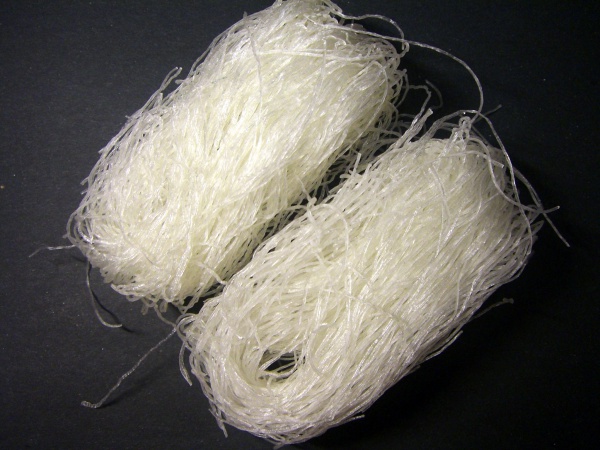Facts About Cellophane noodles
Cellophane noodles, also known as fensi or glass noodles, are those translucent noodles made from starch and water that you often find in Asian cuisine. They are quite popular in Chinese, Korean, Japanese, and Southeast Asian cooking. In China, they're sometimes called Chinese vermicelli or bean threads and are made from mung bean starch. In Korea, you’ll hear them referred to as dangmyeon, crafted from sweet potato starch. In Japan, they are known as harusame and are usually made from potato starch.
These noodles are incredibly versatile. You can toss them into soups, stir-fries, salads, or even hot pots. They come in various thicknesses and shapes, fitting into just about any dish you can imagine. Sometimes, they even serve as a vegetarian substitute for meat. In countries like India and Pakistan, they are known as falooda and are often paired with kulfi ice cream to create a delightful dessert.
However, there have been some health concerns associated with cellophane noodles. Some manufacturers have cut corners by adding substances like cornstarch, sodium formaldehyde sulfoxylate, and even lead-based whiteners to reduce production costs. Naturally, this raises concerns about the safety and quality of the noodles you might buy at the store.
Despite these issues, cellophane noodles remain a beloved ingredient in many Asian recipes, offering a unique, delicate texture that enhances a variety of dishes. Just be sure to check the source and manufacturing process of your noodles to ensure they are safe to consume.

 India
India